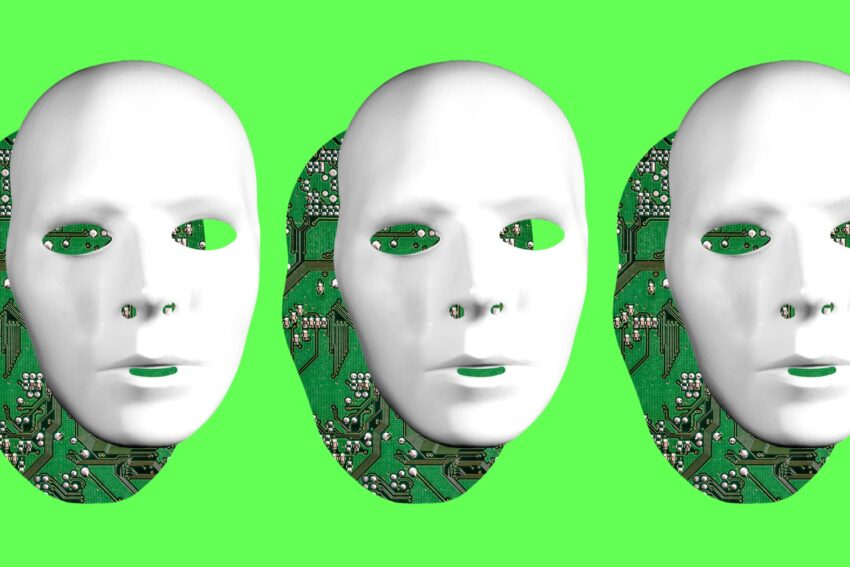
youtube s ai likeness detection tool is YouTube has launched a new AI detection feature aimed at helping creators identify and report unauthorized uploads that utilize their likeness.
youtube s ai likeness detection tool is
Overview of the New Feature
Starting today, creators who are part of YouTube’s Partner Program can access a groundbreaking AI detection tool designed to combat the growing issue of deepfakes and unauthorized content. This feature allows creators to find and report videos that may misuse their likeness without permission. After verifying their identity, creators can review flagged videos through the Content Detection tab in YouTube Studio. If they find a video that appears to be unauthorized, particularly if it is AI-generated, they can submit a request for its removal.
Initial Rollout and User Guidance
The first group of eligible creators received notifications via email this morning, indicating their access to the new feature. YouTube plans to gradually roll out this tool to more creators over the upcoming months. However, the platform has cautioned early users that the feature is still in development. In a guide provided to users, YouTube noted that the tool “may display videos featuring your actual face, not altered or synthetic versions,” which could include clips from the creators’ own content. This aspect highlights the complexity of distinguishing between genuine and AI-generated content, a challenge that many platforms are currently grappling with.
How the Tool Works
The functionality of the likeness detection tool is reminiscent of YouTube’s existing Content ID system, which is used to identify copyrighted audio and video content. Just as Content ID scans uploads for copyrighted material, the new AI feature scans for videos that may feature a creator’s likeness without authorization. This system is particularly significant as it addresses the rising concerns surrounding deepfake technology, which can create hyper-realistic videos that may misrepresent individuals.
Background on Deepfake Technology
Deepfake technology has advanced rapidly in recent years, raising ethical and legal questions regarding consent and representation. Initially developed for entertainment purposes, deepfakes have been misused in various contexts, including misinformation campaigns and unauthorized impersonations. The technology utilizes machine learning algorithms to superimpose one person’s likeness onto another’s, creating videos that can be indistinguishable from real footage. As a result, the potential for misuse has prompted platforms like YouTube to take proactive measures to protect creators and their intellectual property.
Development Timeline
YouTube initially announced the likeness detection feature last year, with testing commencing in December through a pilot program involving talent represented by Creative Artists Agency (CAA). This collaboration aimed to provide several influential figures with early access to the technology, allowing them to identify and manage AI-generated content that features their likeness on a large scale. The pilot program was a crucial step in refining the tool before its broader rollout, ensuring that it meets the needs of creators while effectively addressing the challenges posed by deepfakes.
Stakeholder Reactions
The introduction of this feature has garnered mixed reactions from the creator community. Many creators have expressed relief and gratitude for the added layer of protection against unauthorized content. “It’s about time we have tools to help us manage our online presence,” said one prominent YouTuber who wished to remain anonymous. “With the rise of deepfakes, it’s crucial that we can take action against misuse of our likeness.”
Conversely, some creators have raised concerns about the potential for false positives, where legitimate content could be flagged incorrectly. This concern echoes broader anxieties regarding AI technology, particularly its ability to misinterpret context. YouTube has acknowledged these concerns and emphasized that the tool is still being refined, with ongoing adjustments based on user feedback.
Broader Implications for Content Creation
The rollout of the likeness detection tool is part of a larger trend within the tech industry, where companies are increasingly focused on developing AI tools for video generation and editing. YouTube and Google are not alone in this endeavor; other platforms are also exploring similar features to address the challenges posed by AI-generated content. This trend reflects a growing recognition of the need for robust mechanisms to protect creators and their intellectual property in an era where technology is evolving rapidly.
Additional Measures Against AI-Generated Content
In addition to the likeness detection tool, YouTube has implemented other measures to manage AI-generated content. Last March, the platform began requiring creators to label uploads that include content generated or altered using AI. This labeling requirement aims to foster transparency and ensure that viewers are aware of the nature of the content they are consuming. Furthermore, YouTube announced a strict policy regarding AI-generated music that mimics an artist’s unique singing or rapping voice. This policy underscores the platform’s commitment to protecting artists’ rights and maintaining the integrity of creative work.
The Future of AI in Content Creation
The introduction of the likeness detection tool raises important questions about the future of AI in content creation. As technology continues to evolve, the line between authentic and AI-generated content may become increasingly blurred. This reality necessitates ongoing discussions about ethical considerations, consent, and the rights of creators. The implications extend beyond YouTube, as other platforms may look to implement similar measures to protect their users.
Legal and Ethical Considerations
As the use of deepfake technology becomes more prevalent, legal frameworks surrounding its use are also evolving. Current laws may not adequately address the complexities introduced by AI-generated content, leading to calls for new regulations that specifically target the misuse of such technology. Legal experts have emphasized the need for clear guidelines that protect individuals from unauthorized use of their likeness while balancing the rights of creators and innovators in the digital space.
Conclusion
YouTube’s new AI likeness detection tool represents a significant step forward in the ongoing battle against unauthorized content and deepfakes. By providing creators with the means to identify and report misuse of their likeness, YouTube is taking proactive measures to safeguard the rights of its users. As the platform continues to refine this feature and develop additional tools to address AI-generated content, it will be essential for creators and stakeholders to remain engaged in discussions about the ethical and legal implications of these technologies.
Source: Original report
Was this helpful?
Last Modified: October 22, 2025 at 2:40 am
1 views















